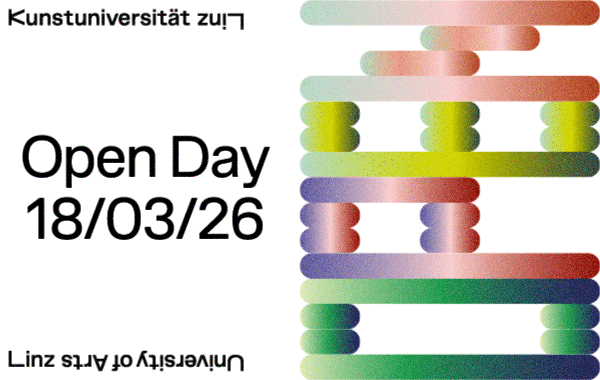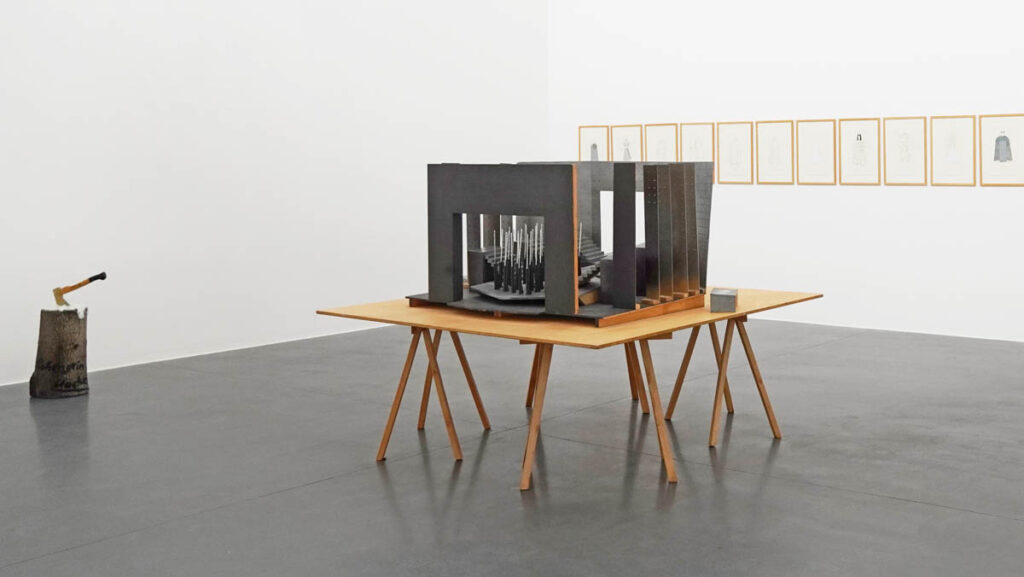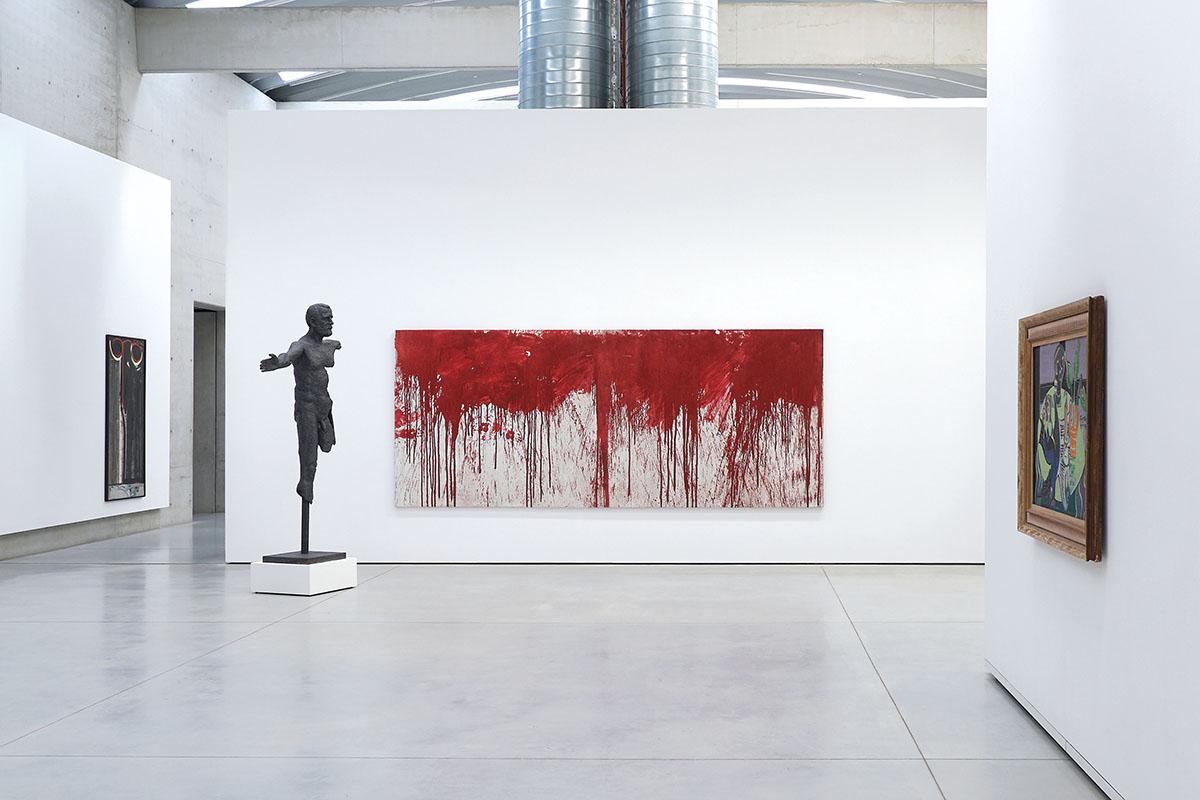
The exhibition highlights the period from 1948 to 1989, when Europe’s division placed Austria and Czechoslovakia in separate spheres of influence, disrupting close cultural ties. Curator Miroslav Haľák invites visitors to explore this pivotal era, revealing how political borders reshaped artistic exchange and cultural connections during a crucial chapter of European history.
Can you reflect on the origins of your connection to art? Where did it all start for you?
I can clearly remember the moment when curiosity and enthusiasm combined, culminating in a profound excitement. I was 14 and my parents gave me the ninth issue of a magazine dedicated to the greatest painters (original title: Největší malíři), which was devoted to the Impressionist Camille Pissarro. I have always been very interested in the visual qualities of what I see, and this weekly magazine was fantastically produced at the time (in 2000). I was enthralled because a new world unfolded before me on each page. In a small village in the mountains of central Slovakia, the pictures of this Frenchman shone like a completely unknown sun, and I encountered color combinations and unfamiliar scenes that I had never seen before and that captivated me. This experience intensified with each subsequent issue of the magazine, until I came across the works of Giorgio de Chirico and no longer understood the world I was encountering, so different was it. In the texts, I read words such as metaphysics, surrealism, subconscious, association, etc., which I did not understand at the time, but which were so magically connected to the mysterious images and sounded so extraordinary that I simply had to know how these words could be used to describe the unreal, seductive world of art so aptly. Art was not a source of inspiration for me to become an artist myself; it was and is a window with the most fascinating views that I want to be able to describe. In retrospect, this opened up the second passion of my life: philosophy. In order to have the necessary vocabulary to use the relevant tools to select the right keys with which I can open, work on, and name the enigmatic world of art, art history has complex theories and methodologies that can be used like a toolbox and are practical. These grow out of the history of ideas of their time and are useless without philosophy. The more we allow philosophy to expand our horizons of knowledge, the more opportunities we have to get to know each individual work and to contextualize each individual artificial manifestation of human creativity more and more.
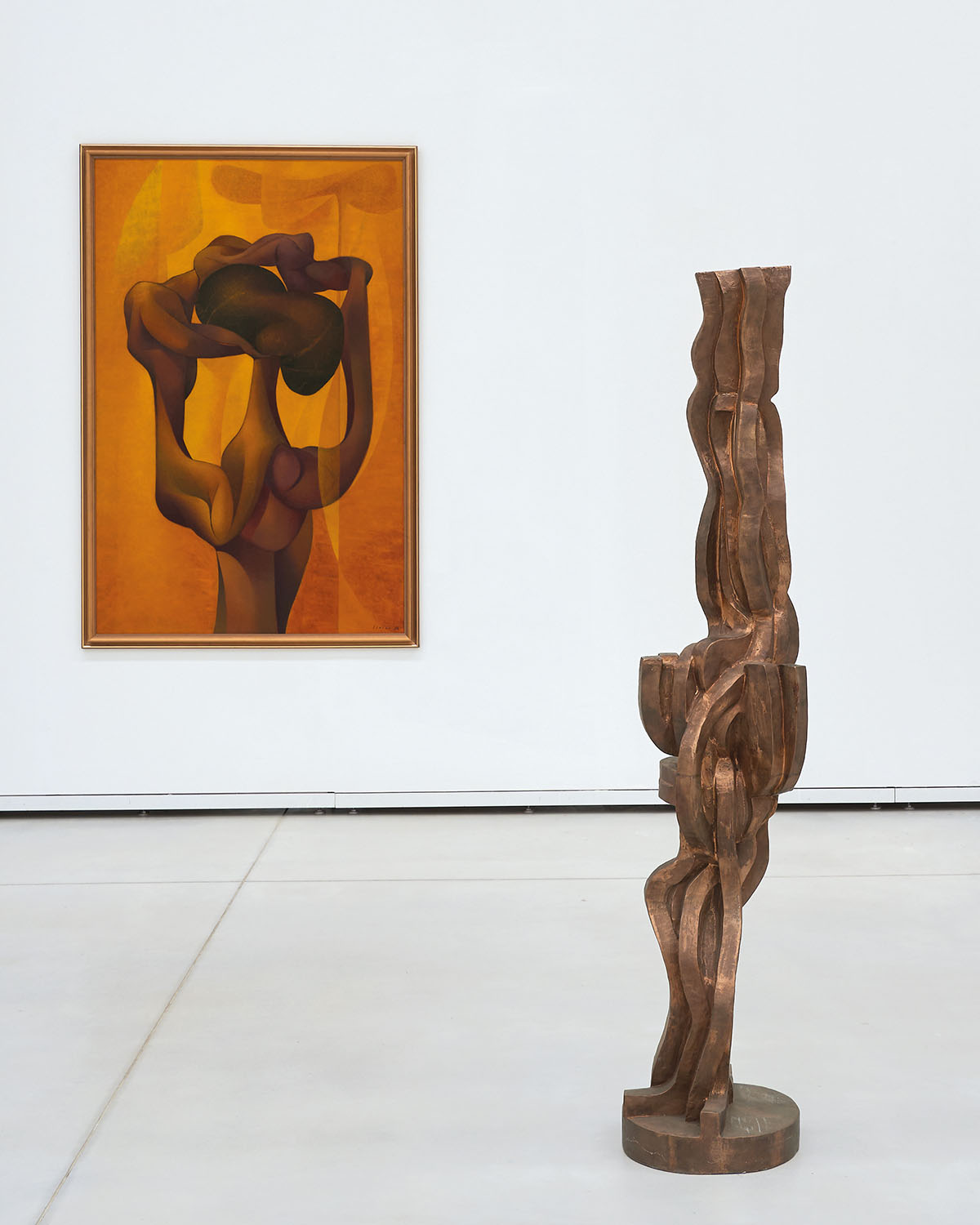
What does curating mean to you personally?
To me, curating is a highly complex form of communication. With every exhibition, we curators convey stories, messages, and portraits, as well as challenges, problems, and conflicts, in a way that is understandable to the widest possible audience in that specific time and place. I am fascinated by the semiotics of exhibitions because I have almost unlimited means at my disposal, including haptic, acoustic, visual, olfactory, and gustatory stimuli, to engage the audience with the artwork. Art provides the most authentic information about the state of society at both synchronic and diachronic levels. However, it takes great subtlety to avoid contextualising art in a manipulative way. Using art for instrumental purposes is also a propaganda technique employed to draw attention to one-sided, distorted, or even externally implanted content. For me, curating is therefore more about analysing an inventory than manifesting a radical programme; more about explaining connections than exhibiting one’s own convictions; more about interpreting the given than imposing the desired; more about searching for content than losing oneself in the emptiness of form; more about the history of ideas than ideology; more about creativity than conformity; more about aesthetics than politics, but equally more social commitment than a fashionable trend.
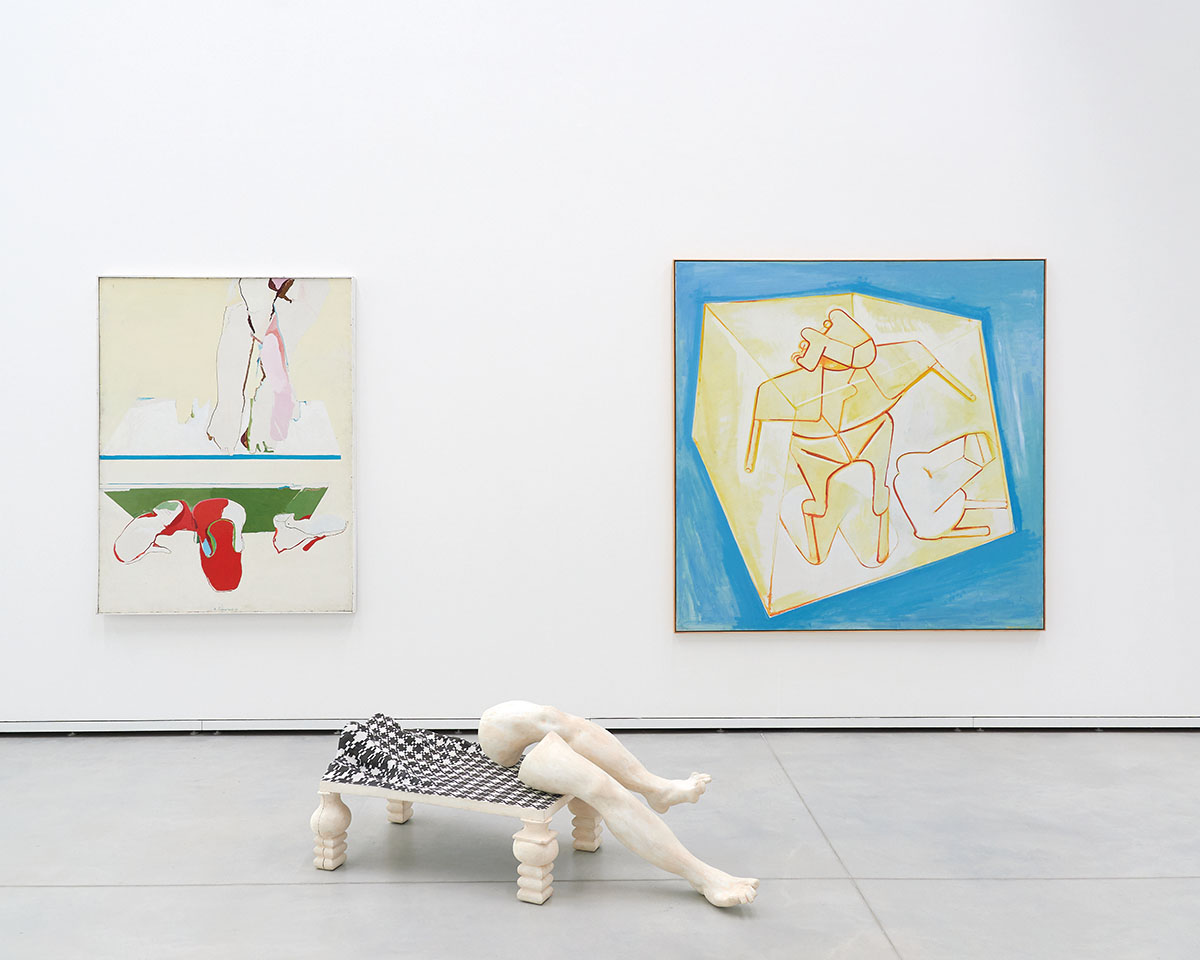
How did your collaboration with the Museum Liaunig begin, and what was the initial idea behind TERRA INCOGNITA?
From August 2020 to February 2021, I worked in Belvedere on the first major museum exhibition dedicated to the Czech neo-avant-garde artist, Zbyněk Sekal. Working alongside Harald Krejci, I was able to present a selection of works that truly represented this important painter, object artist, and conceptual artist. This drew attention to an important phenomenon in the cultural consciousness of a city such as Vienna, which is renowned for its art. The issue concerns the centralised view of art history that is still prevalent today. The center decides what is good and right. Consequently, however, the periphery continues to slip out of the gallery radar. To commemorate the centenary of Zbyněk Sekal’s birth, the Museum Liaunig organised an exhibition with an accompanying publication in cooperation with the Museum Kampa in Prague and the Sprengel Museum in Hanover. I was invited to participate in the exhibition at the Liaunig Museum. During the event, the obscurity of art from the local area was discussed. However, Mr Peter Liaunig was enthusiastic about the quality of some Czechoslovakian artists and decided to shed more light on this cultural region through an exhibition. I am very happy to have realised this project, as it combats many prejudices and demonstrates that to the east of Vienna, there is not only the suspicious East but also a traditional cultural region with autonomous and original art movements that are worth discovering. When self-proclaimed authorities assert that art from this region is uninteresting because it is obscure, such pronouncements are not only perilously disrespectful but also reveal a warped worldview that persists in dividing art into „good“ and „bad“. This incomprehension, as well as the arrogance and ignorance it demonstrates, paradoxically testifies to the demonised imperial legacy. To overcome the shadows of colonialism, we do not need to look far afield; often, it is enough to examine what is within an hour’s drive to see how great the mental barriers and wounds of cultural incomprehension remain.
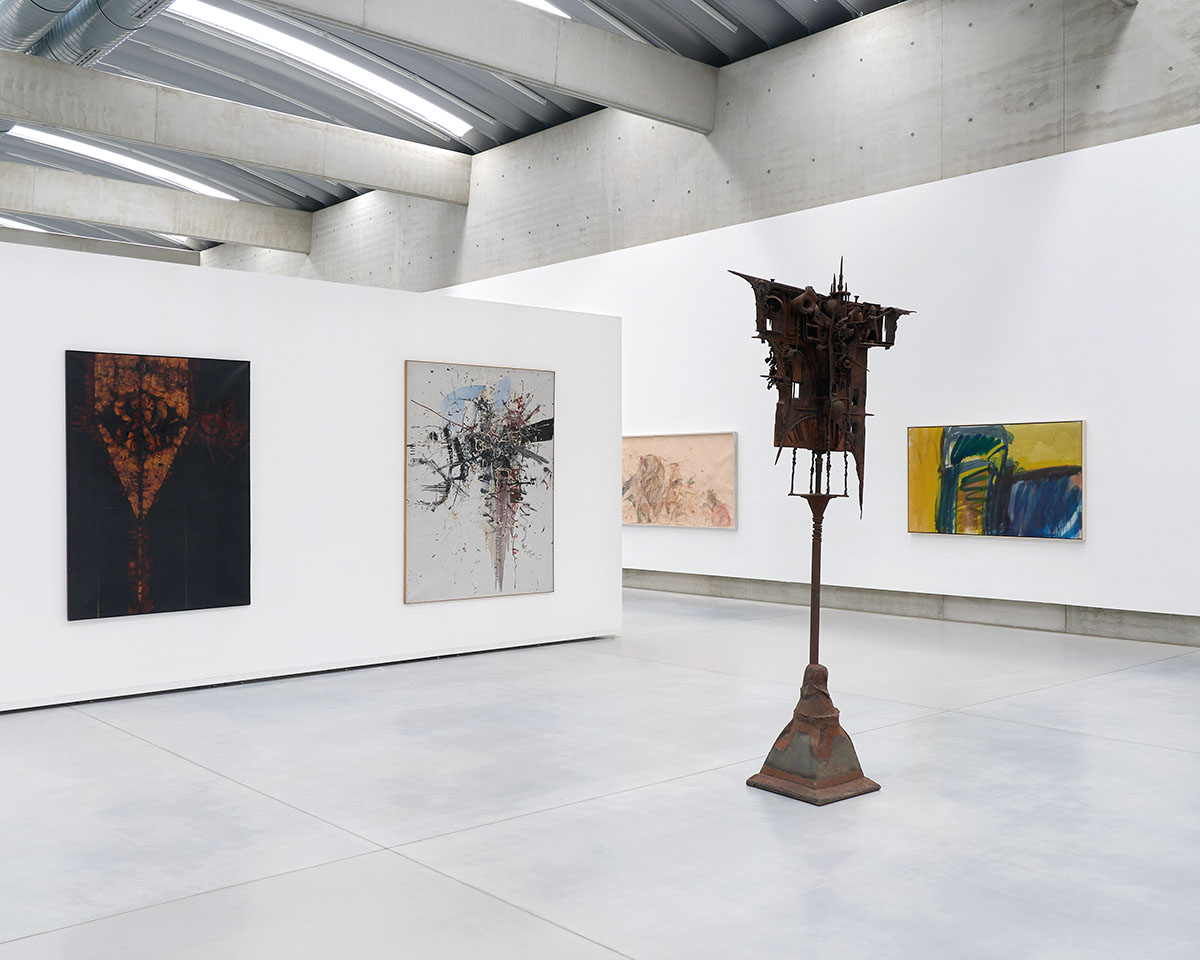
How did the process of selecting the Austrian and Czechoslovak artists look? How hard was it to create a meaningful dialogue between the two bodies of work?
After years of disinterest, exploring a region such as Czechoslovakia is like going on a voyage of discovery. Some may protest that names such as Bartuszová, Koller, Filko, and Kolíbal have not escaped the Western gaze, but a culture cannot be reconstructed on the basis of these few parameters, and prejudices are far from being overcome. I have tried to ask myself why a region as historically intertwined as Austria, the Czech Republic, and Slovakia could become so estranged from one another. The answer lies in the post-war development of these countries. I have limited the period covered by the exhibition to the years 1948 to 1989. These were the years of communist dictatorship in Czechoslovakia, which had predetermined isolation from the hostile West. At the same time, mistrust and fear of this ideology also grew in Austria. One of the important criteria for selecting the names and works was the restriction to specific media. Since Austrian art comes exclusively from the Liaunig Collection, painting and object art are particularly dominant here. The counterparts have therefore also concentrated on classical media. Even at first glance, discontinuities and differences in the development of post-war art in the two geopolitically separated areas become apparent. The traditions from which the art movements draw are, in some cases, very different. Prominent classical modernist movements such as Cubism and Surrealism in the Czech Republic are largely ignored in Austrian art, with a few solitary exceptions. In contrast, an artistic language strongly based on Expressionism developed in Austria, leading to monumental abstract-expressive tendencies. Despite these differences, fascinating continuities are visible that manifest the universality of art despite ideological and political barriers. It is precisely the tension between the compatibility and incompatibility of these cultures that makes this artistic journey of discovery into “terra incognita” so appealing.
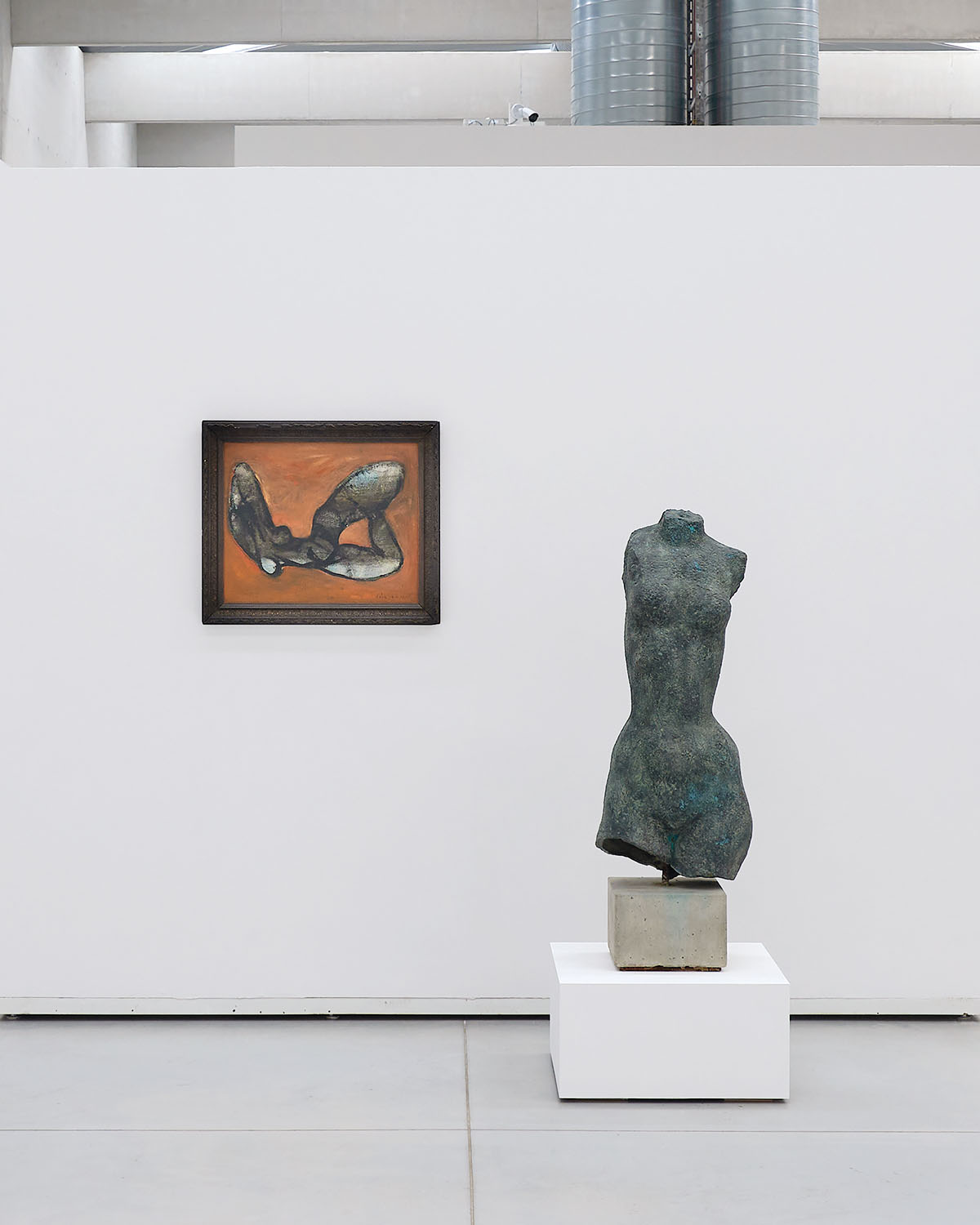
Were there many surprises and discoveries for you as well?
I was surprised, for example, by the strong tendency toward non-representational abstraction in post-war art in Czechoslovakia. The movements of Informel and Abstract Expressionism were defamed in the socialist republic and demonized as anti-ideological. It is also evident that the figurative tendencies of Cubism and Surrealism were dominant, and that comparatively more art movements developed representationalism. That’s why it was very exciting for me to see which variants of abstraction already existed in the Czech Republic in the late 1940s and which solitary positions emerged during the forty years of totalitarianism.
How did political restrictions and censorship influence artistic production in Czechoslovakia, and how is this addressed within the exhibition?
During the communist dictatorship from 1948 to 1989, Czechoslovakia was not completely sealed off. This means that there were channels of communication that allowed cultural events to be brought up to global standards, as the exhibition demonstrates. However, the exchange of ideas and, in general, maintaining extensive contacts or participating in the international art market remained prevented or very difficult. The situation within the country was even more difficult. Under the doctrine of socialist realism, it was undesirable to promote progressive trends in art, and all the works on display in the exhibition are always expressions of individual resistance to the regime rather than official production. Art that did not conform to the political canon was only tolerated if it did not directly question the system. This is why there are so many indirect and coded messages about the dreariness of the time. Art had to be very inventive to comment on contemporary social phenomena. The ingenuity and complexity of post-war Czechoslovak art is therefore almost programmatic. Furthermore, under socialism, there was no private art market that would have given artists access to international trade. The absence of the mechanisms of a free art market created a dynamic of its own in the development of art itself. The official artist was more of a decorator in the public service than a free spirit. Invention remains hidden and only emerges among friends or in a protected environment. What fascinates me most in this first comprehensive museum comparison of the two art productions are the subtleties that distinguish the two regions. And despite the differences, the universality of art and the unstoppable desire for freedom become apparent, and that is impressive.
What role does the identity of the Museum Liaunig collection play in how you staged this exhibition?
The impressive collection of the Liaunig Museum sets the parameters for the exhibition in terms of media and time. The inclusion of important names from the Austrian art scene of the post-war period, as well as the focus on paintings and sculptures in the Liaunig Collection, sets the criteria for the search for dialogue partners in a staged confrontation between works of art from two different provenances.
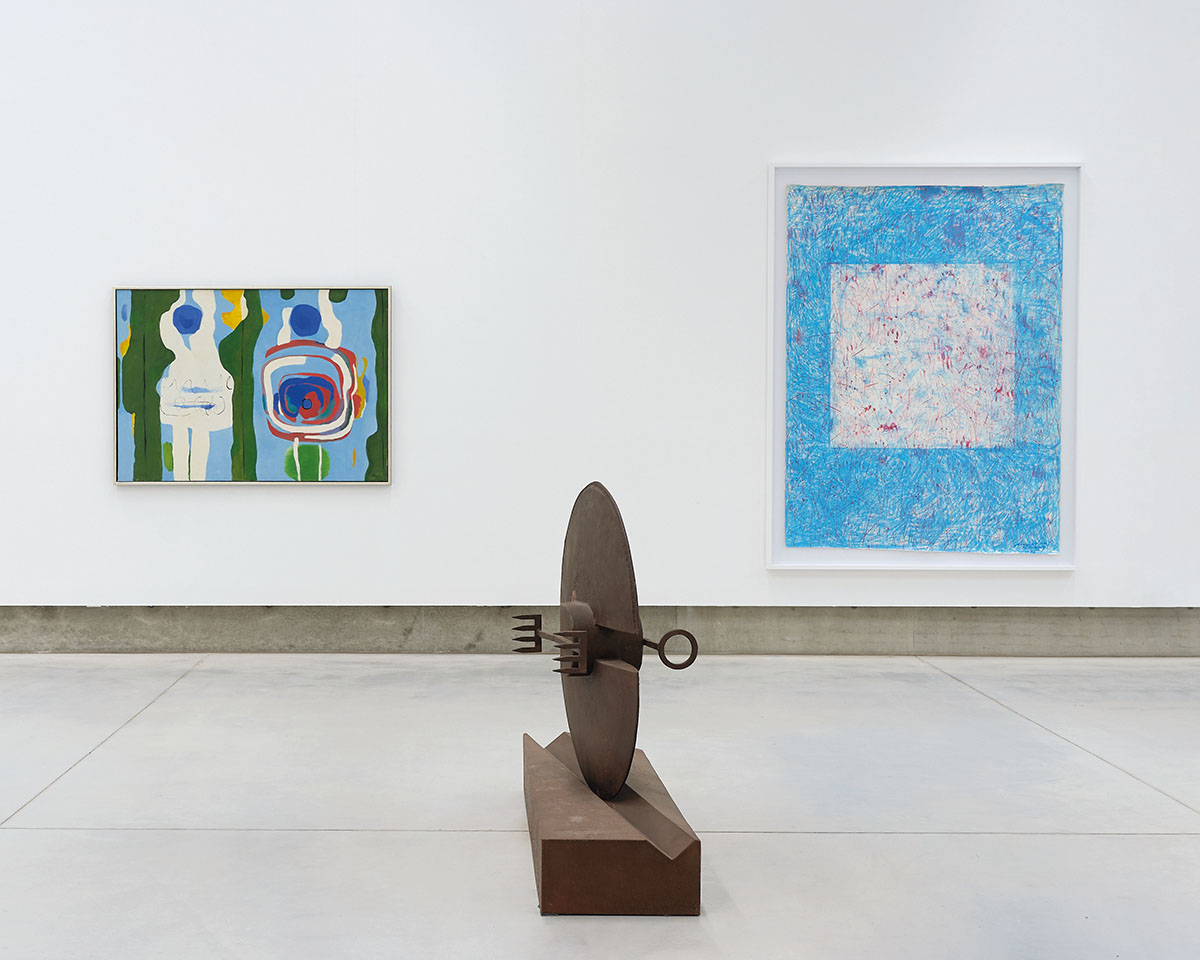
The exhibition is structured into several „territories.“ Could you explain how this framework helps viewers get more into the matter of the exhibition?
It is untenable to rely on a rigid stylistic code when art had already developed in so many different directions during the interwar period. Of course, it is important to be able to name the individual trends. However, this terminological classification is usually only helpful when analyzing narrowly defined art-historical topics. In this case, providing an overview of the four decades of the second half of the 20th century, which are labeled with the terms “neo-avant-garde” and “postmodernism,” it would be even more difficult to orient oneself according to individual “-isms.” It becomes even more complicated when one wants to compare two, and in the case of Czechoslovakia and Austria, even three, partially completely different cultural-socio-political situations. To prevent the installation from becoming an unwieldy mosaic of trends, it is necessary to position the works from these different sources within a basic framework of intellectual history and morphology. Regardless of the individual mode of expression that dominates a particular work, it is always possible to place it in a broader context and thus point to certain tendencies. An overview of the production of this period reveals four important areas that make the works comparable in terms of their substance. Since the exhibition aims to explore the phenomenon of discovering unknown artistic regions, it was obvious and appropriate to use the vocabulary of art geography and to name these connecting elements as territories. The exhibition is thus divided into the territories of figuration, abstraction, geometry, and pluralism. These terms are not to be understood as categories limited to style, motif, or composition. They serve to better locate the fundamental prerequisites and traditions of the respective artistic production in the art history of postmodernism. For example, a landscape can be depicted in a figurative-representational style, using lyrical, gestural, or expressive-abstract means, but also in a minimalist, reduced, and schematic-geometric manner. However, if the representation of the landscape is conceptually charged, the mode of plurality is decisive for its classification. With the help of these territories, it is possible to describe the foreignness of individual artists and their groups of works based on their deeper tradition-related and cultural-contextual identity and to compare them with one another.
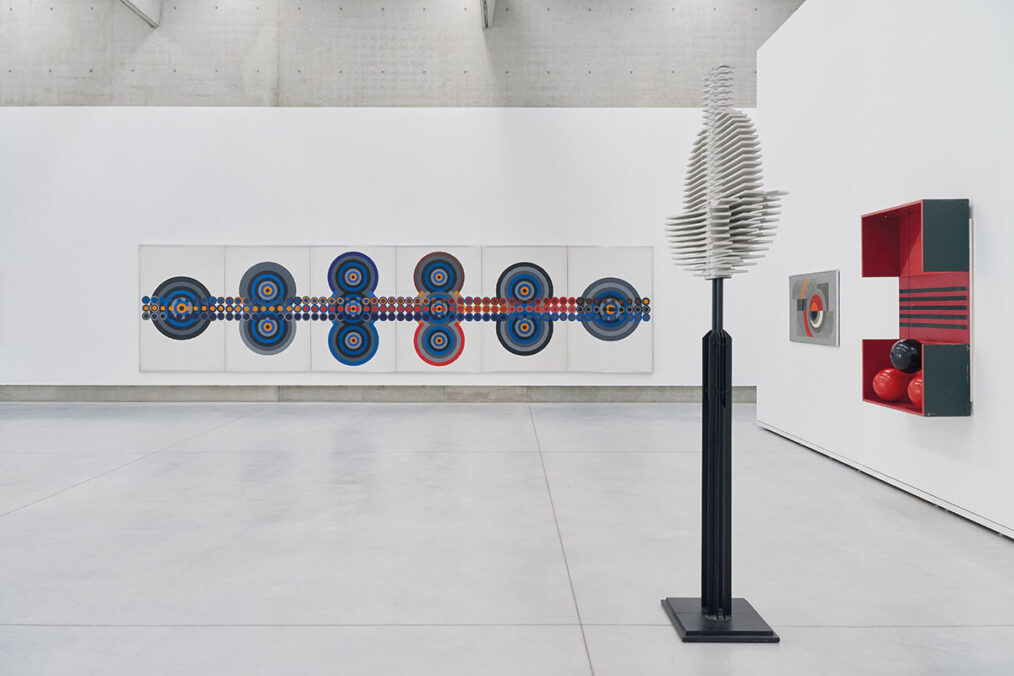
In terms of display design and spatial arrangement, what principles guided your decisions for placing specific works with one another?
The fields, or as they are called in the exhibition: territories of the creative substance of the works, enable their innovative juxtaposition. It is not decisive whether the artists explicitly belonged to the same style, but rather which codes can be read in their works, even on an implicit level. This results in fascinating encounters and dialogues, but also conflicts between individual works that demonstrate the parallel and alienating development of both republics in the difficult post-war period. Moving between the individual territories reveals trends, preferences, and specific characteristics that should encourage further analysis.
How do your research interests in image semiotics and the anthropology of images inform your curatorial decisions for this project?
In my opinion, art cannot be viewed in a relevant and scientific way without philosophy. Art history is often reduced to a historical discipline whose individual means are those of archival, material, and stylistic research. Due to the urge of the natural sciences to provide empirical evidence, there is unfortunately also increasing pressure in the social and cultural sciences to use qualitative and quantitative methods. It is important to use these methods to determine provenance, originality, and historicity, but we must not forget the content. Again, content should not be limited to stories from the artist’s life. Art history has a significant foothold in the philosophical-theoretical approach to researching the semantic levels of a work. Only in this way can the accusation of a literary-vague description in the interpretation process be refuted. Hegel already lamented a certain diminution of the value of philosophy in the ranking of the sciences. For the purposes of in-depth interpretation, we have a wide range of different methods in art history that can serve as a set of keys to unlocking this or that layer of content. Semiotics, for example, can be seen as a wonderful toolbox that provides us with very precise terms for describing even the smallest communication-relevant units of the work. Without semiotics, it would not be possible to categorize such territories as those presented in the exhibition. Image anthropology is very useful for contextualizing the analyzed formal structure of the works. When we ask ourselves how and why political alienation has led two neighboring regions to incorporate this separation into their art as an essential part of their presence, it is precisely anthropological methodology that can help shed light on sociocultural phenomena. These respective methods are also crucial for the scientific orientation of the treatise on this problem of art history, as I have presented in the comprehensive book accompanying the TERRA INCOGNITA exhibition.
The exhibition runs at the Museum Liaunig until the end of October. Are there any further events or programs scheduled? And are there plans to present the exhibition at other venues?
It is fantastic that such an important topic has been given such a prominent place in the long run. It would be desirable if the problems of alienation, ignorance, and disrespect towards neighboring cultures in Austria were to find resonance. As a project involving two state entities, it would be logical for a continuation with a corresponding change of perspective to be realized in the Czech Republic or Slovakia. The groundwork for further research and presentation has been laid with this work.
In the exhibition TERRA INCOGNITA, works by the following artists are presented: Milan Adamčiak, Marc Adrian, Jiří Balcar, Juraj Bartusz, Mária Bartuszová, Josef Bauer, Štefan Belohradský, Jiří Bielecki, Hans Bischoffshausen, Vladimír Boudník, Hellmut Bruch, Miloslav Chlupáč, Miloslav Cicvárek, Jarmila Čihánková, Miroslav Cipár, Jiří David, Hugo Demartini, Milan Dobeš, Jiří Georg Dokoupil, Otto Eder, Libor Fára, Rudolf Fila, Stano Filko, Emil Filla, Herbert Flois, František Foltýn, Johann Fruhmann, Michal Gabriel, Roland Goeschl, Franz Grabmayr, Mira Haberernová-Trančíková, Josef Hampl, Jiří Hilmar, Rudolf Hoflehner, Wolfgang Hollegha, František Hudeček, Friedensreich Hundertwasser (Friedrich Stowasser), Josef Istler, Othmar Jaindl, Jozef Jankovič, Čestmír Janošek, Jiří John, H+H Joos (Harold Joos, Hildegard Joos), Martha Jungwirth, Zdeněk Kirchner, Alojz Klimo, Tamara Klimová, Alfred Klinkan, Eva Kmentová, Milan Knížák, Jan Koblasa, Peter Kogler, Jiří Kolář, Stanislav Kolíbal, Július Koller, Jan Kotík, Jiří Kovanda, Viera Krajcová, Radoslav Kratina, Matej Krén, Richard Kriesche, Rudolf Krivoš, Jan Kubíček, Jaroslava Kurandová, Bohdan Lacina, Aleš Lamr, Maria Lassnig, Mariane Maderna, Gottfried Mairwöger, Antonín Málek, Karel Malich, Pavel Maňka, Mikuláš Medek, Juraj Meliš, Jürgen Messensee, Anastázia Miertušová, Josef Mikl, Vladislav Mirvald, Alexander Mlynárčik, Gerhardt Moswitzer, Jiří Načeradský, Rudolf Němec, Karel Nepraš, Pavel Nešleha, Hermann Nitsch, Franz Xaver Ölzant, Peter Oriešek, Marek Ormandík, Hermann J. Painitz, Milan Paštéka, Helga Philipp, Robert Piesen, Josef Pillhofer, Peter Pongratz, Markus Prachensky, Drago j. Prelog, Hannes Priesch, Arnulf Rainer, Erwin Reiter, Franz Ringel, Michael Rittstein, Gerwald Rockenschaub, Hubert Schmalix, Christian Schwarzwald, Zbyněk Sekal, Miloš Ševčík, Agneša Sigetová, Rudolf Sikora, Natália Šimonová, Adriena Šimotová, Paulína Skavová, Otakar Slavík, Miroslav Šnajdr st., Soshana (Susanne Schüller), Jiří Sozanský, Jakub Špaňhel, Hans Staudacher, František Štorek, Jan Švankmajer, Ján Švec, Zdeněk Sýkora, Laco Teren, Erwin Thorn, Margita Titlová-Ylovsky, Jorrit Tornquist, Miloš Urbásek, Andreas Urteil, Jiří Valenta, Jitka Válová, Aleš Veselý, Jaroslav Vožniak, Max Weiler, Hana Wichterlová, Jan Wojnar, Erwin Wurm, Jana Želibská, Kamila Ženatá und Olbram Zoubek.
Exhibition: TERRA INCOGNITA – Art Expedition to an Unknown Neighbouring Country Czechoslovak Art between 1948 and 1989 in Dialogue with the Liaunig Collection
Curator: Miroslav Haľák
Exhibition duration: 27 April to 31 October 2025
Opening hours: Wednesday to Sunday, 10 AM to 6 PM
Address and contact:
Museum Liaunig
9155 Neuhaus, Neuhaus 41
www.museumliaunig.at
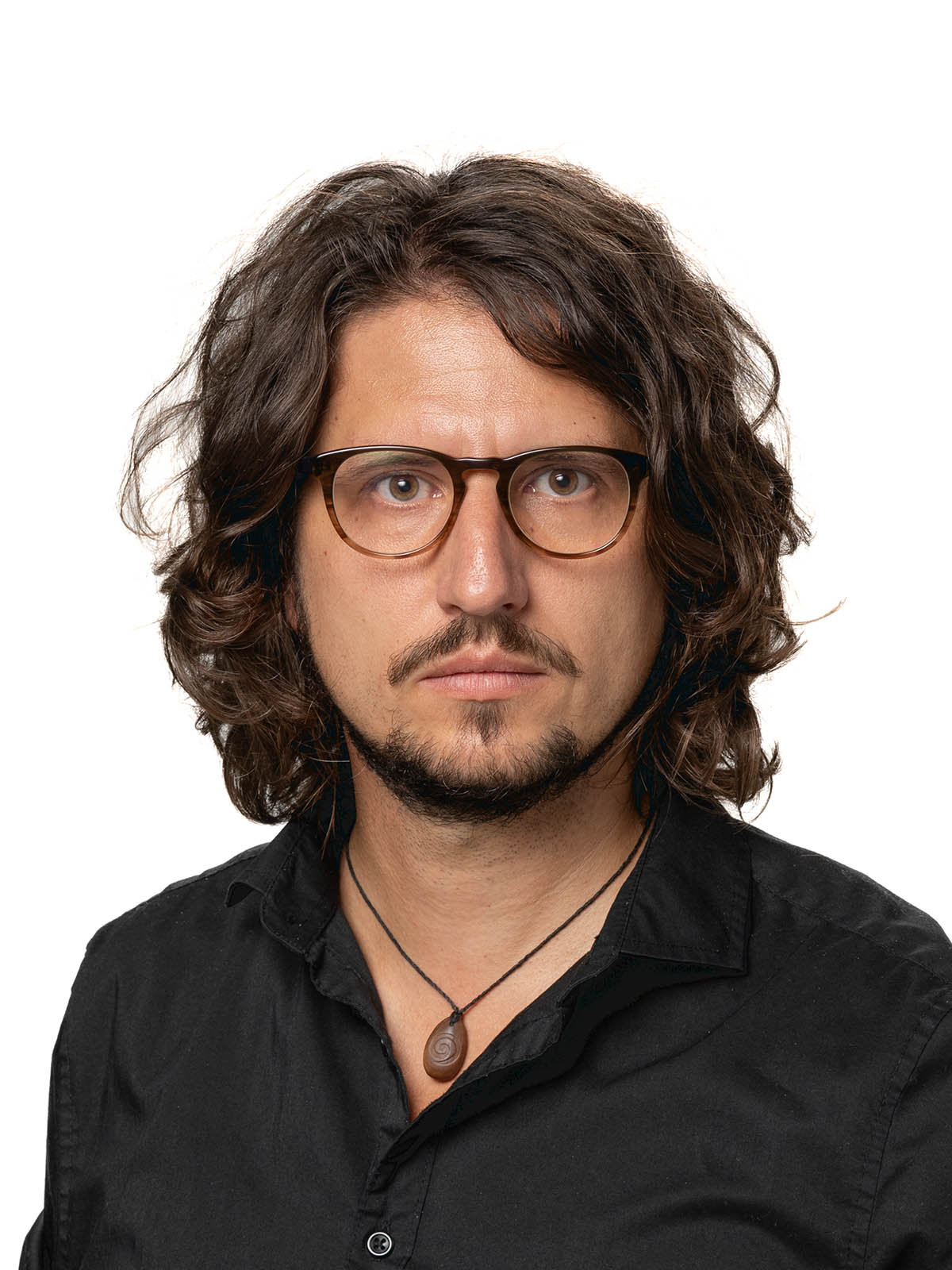
Mgr. Miroslav Haľák, PhD. Art historian and theorist. He received his doctorate with a thesis on the theory and typology of anthropomorphisms in modern art. Since 2017 he has been working at the Belvedere Gallery in Vienna, Austria. In addition to 19th and 20th century art, his research focuses on semiotics of the image, psychological aesthetics, anthropology of the image, Byzantine theology of the image, and current image studies in the field of the so-called digital humanities. As a curator, he has contributed to exhibitions on classical modernism and on the divergent positions of contemporary art. In the exhibition project Johanna Kandl. Material. Womit gemalt wird und warum (Belvedere, Vienna 2019-20), he explored the theory of the material turn as a paradigm shift in the use of materials in contemporary art trends and visual communication. In the exhibition GROW. Der Baum in der Kunst (Belvedere, Vienna 2022-23), he attempted to propose a universal typology for the representation of trees in art by means of pictorial semiotics. The continuation of this exhibition in the South Bohemian Gallery under the title Let it GROW Again! was awarded the ICOM Prize for the best international exhibition of 2024. In his text for Alois Mosbacher’s exhibition Palinops (Belvedere, Vienna 2023), which he also curated, he addressed the specific question of the creation and perception of space in postmodern painting. In 2024, he is a lecturer in Pictorial Semiotics at Masaryk University in Brno. He is a member of the AICA and the editorial board of the journal ARS of the Slovak Academy of Sciences.



